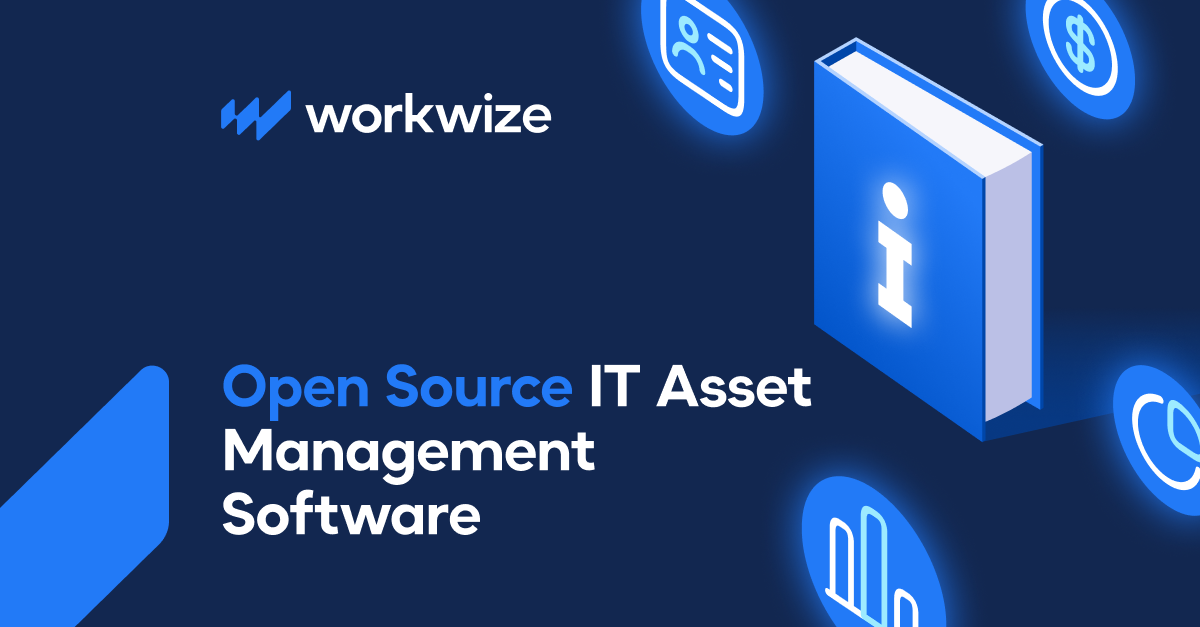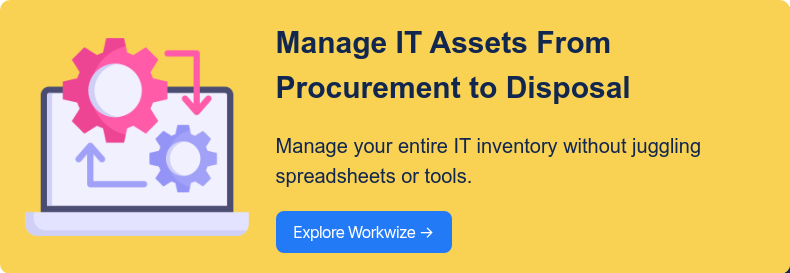TABLE OF CONTENTS

3. Ralph

Via Ralph
Ralph is a Python and Django application built by e‑commerce giant Allegro and released under the Apache 2.0 license. It targets organizations that run both back‑office equipment and sizable data centers. We love Ralph because it combines asset management, DCIM, and CMDB capabilities in one package.
In Ralph, you decide the checkpoints, and Ralph enforces them and stores purchase details, barcodes, and cost centers along the way.
Ralph best features
- Define custom lifecycles: Model unique approval or staging steps with a visual flow builder
- Track non‑physical assets: Record licenses, domains, and vendor contracts alongside hardware
- Script everything: Use a CLI or REST API to seed data or trigger actions from CI/CD jobs
Reviews and ratings
- G2: N/A
- Capterra: N/A
Pricing
- Open‑source edition: Free to download and self‑host (Apache 2.0)
4. OpenBoxes

Via OpenBoxes
OpenBoxes is a Java-based, web-hosted platform used anywhere a team needs precise custody of physical items. Because it is licensed under the MPL 2.0 and ships with Docker images, you can use it on-premises or in the cloud and start cataloging everything from laptops to lab equipment without license limits.
You’ll find lifecycle control built around serial‑number and lot tracking.OpenBoxes ships with compliance‑grade traceability, and a REST API plus CSV import and export make bulk updates painless.
OpenBoxes best features
- Record serialized assets: Assign serial numbers and attach manuals, photos, and warranties to each item.
- Enforce FEFO rotations: Auto‑generate picklists that pull the soon‑to‑expire or oldest‑purchase stock first.
- Trace lots across sites: Locate every unit affected by a recall or maintenance bulletin in seconds.
Reviews and ratings
- G2: N/A
- Capterra: N/A
Pricing
- Open‑source self‑hosted: Free (bring‑your‑own infrastructure)
- Self-hosted via DigitalOcean: Starts at $100/month
Open Source IT Asset Management Software: At a Glance
Finally, here’s a roundup of the 4 ITAM software we just listed.
|
Best for |
Best feature |
|
|
Snipe‑IT |
Small, mid‑size IT teams that want a self‑hosted, straightforward hardware‑lifecycle tracker |
Built‑in barcode and QR label engine that works with off‑the‑shelf scanners |
|
GLPI |
Organizations that need asset CMDB data sent directly into a full help‑desk or ITSM suite |
Every asset record links to tickets, problems, and changes |
|
Ralph |
Data centers and hybrid environments |
Drag‑and‑drop rack visualization in the DCIM view |
|
OpenBoxes |
Multi‑site operations that require recall‑ready traceability |
FEFO‑driven picklists and lot tracing |
We love the simplicity of Snipe-IT and recommend it for organizations just transitioning from spreadsheets.
Moreover, OpenBoxes could be a preferred choice for healthcare and humanitarian organizations needing open-source inventory and supply chain management. The latter may be used to manage IT assets too, but might not be the best for it.
How to Deploy and Customize an Open‑Source ITAM Tool
Suppose you pick one of these tools to use in your organization. Where do you even start?
Step one: Decide where the system will reside — on-premises or in the cloud — and set up the basics. These include an OS that’s easy to patch (Ubuntu LTS or RHEL), the database engine your project prefers, and a reverse proxy with TLS.
Next, pull the official Docker images (or install from source), run the migrations, and verify that backups and notification emails function correctly before inviting users.
Once the core is healthy, shape it around your workflow. Add custom fields or lifecycle states that reflect approval gates, apply a company-branded theme or language pack, and connect the REST API or CLI to import purchase data from your ERP system. Finally, add plugins like barcode generators (if they’re not built).
Workwize: An Alternative To Open Source Asset Management Solutions
Open-source ITAM tools are powerful if you’ve got the time, tech skills, and internal alignment to self-host, customize, and maintain them.
But what if you don’t?
What if your team just needs to order, ship, track, retrieve, and retire assets across borders without becoming an asset management team?
That’s where you can consider Workwize.
Workwize is an IT hardware lifecycle management solution that lets you manage IT hardware from procurement to disposal. It’s one platform, not just to manage assets (know where they are in their lifecycle, locations, usage history, etc.) but to actually control them.
With Workwize, you can procure hardware when your current supply is running out, have it delivered to employees/offices anywhere in the world, enjoy one-click retrieval, and benefit from asset decommissioning services — all from one platform.
Contact us today to see if Workwize is the right fit for you. It’s remarkably easy to use and deploy, and trusted by names like DuckDuckGo, HighLevel, and more.
FAQs
Can open-source solutions integrate with our existing systems?
Most mature open-source asset management platforms offer extensive integration capabilities through APIs, webhooks, and standard protocols such as LDAP for user authentication. Since you have access to the source code, custom integrations are always possible if standard options don't meet your needs.
Can open-source software scale for enterprise use?
Absolutely. Many large enterprises successfully run open source asset management systems to manage tens of thousands of assets across multiple locations. Organizations such as universities, government agencies, and multinational corporations regularly use open-source solutions at scale.
How secure is open-source ITAM software?
Open source software can be extremely secure, often more so than proprietary alternatives. With thousands of developers worldwide able to examine the code, security vulnerabilities are typically discovered and patched faster than in closed-source systems.










